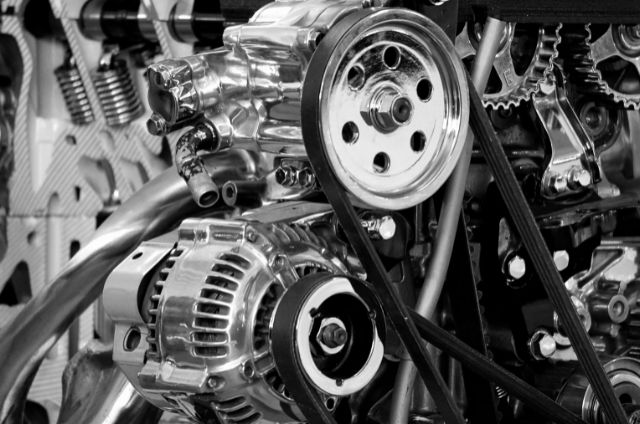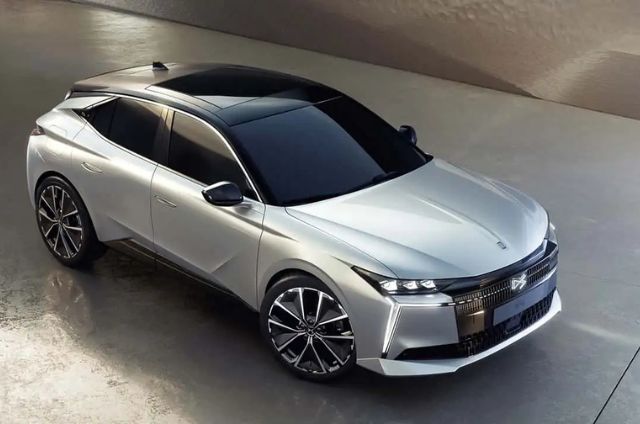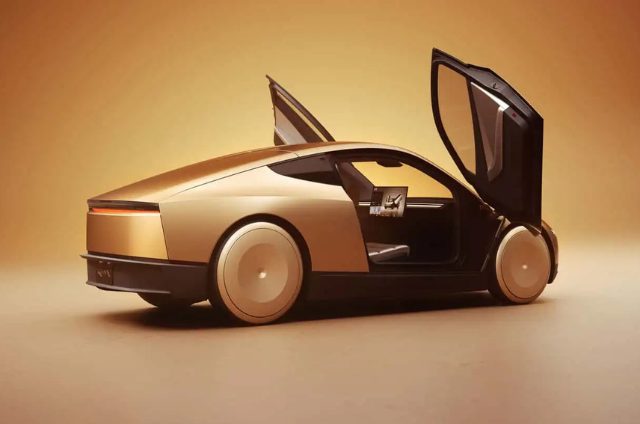Electric Motors: No Gears Needed
Electric vehicles are changing how we think about driving. Unlike gas-powered cars, EVs don’t need multi-speed transmissions. Why? Because their motors deliver instant torque across a wide RPM range. There’s no need to build up power through gear shifts.
Most electric motors can spin over 10,000 RPM. In contrast, combustion engines max out near 6,000 RPM and need gear ratios to stay efficient. EVs skip that complexity with a single-speed transmission tuned for optimal power delivery.
Transmission Types in EVs
While they don’t shift gears, EVs still have something called a transmission — typically a single-speed gear reducer. Automakers use different terms like one-speed gearbox, fixed gear, or direct drive. But they all serve one purpose: reducing motor speed to match wheel rotation.
Dual-motor EVs use two gearboxes — one on each axle — but each is still single-speed. This design improves traction and acceleration without adding weight or complexity.
Two-Speed Exceptions
Some high-performance EVs break the single-speed rule. The Porsche Taycan and Audi e-tron GT use two-speed transmissions for better acceleration and highway efficiency. The first gear handles launches. The second improves range and cruising.
But these setups are rare. Two-speed EVs cost more and add weight — the opposite of what most EV makers want. Tesla, for example, dropped its early plans for a two-speed Roadster because it wasn’t worth the complexity.
What’s Next?
Could EVs get manual transmissions? Possibly. Jeep and Toyota have teased concepts with manual or multi-speed electric drivetrains. But for now, single-speed setups dominate because they’re cheaper, lighter, and plenty powerful.
Final Word
Electric cars don’t need traditional transmissions. Their motors handle power delivery so well that gear shifts just get in the way. Simpler, smoother, and more efficient — that’s the EV advantage.



